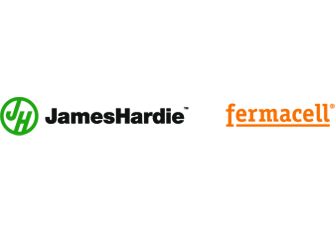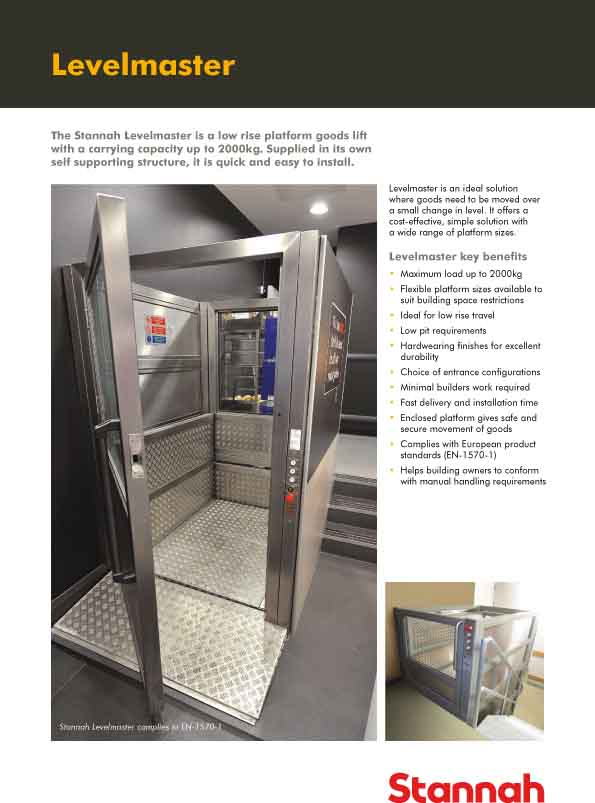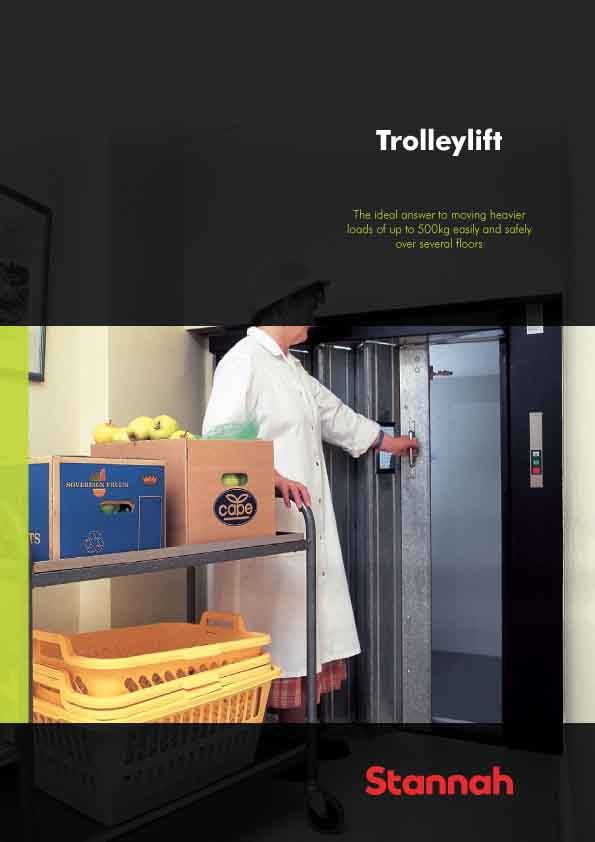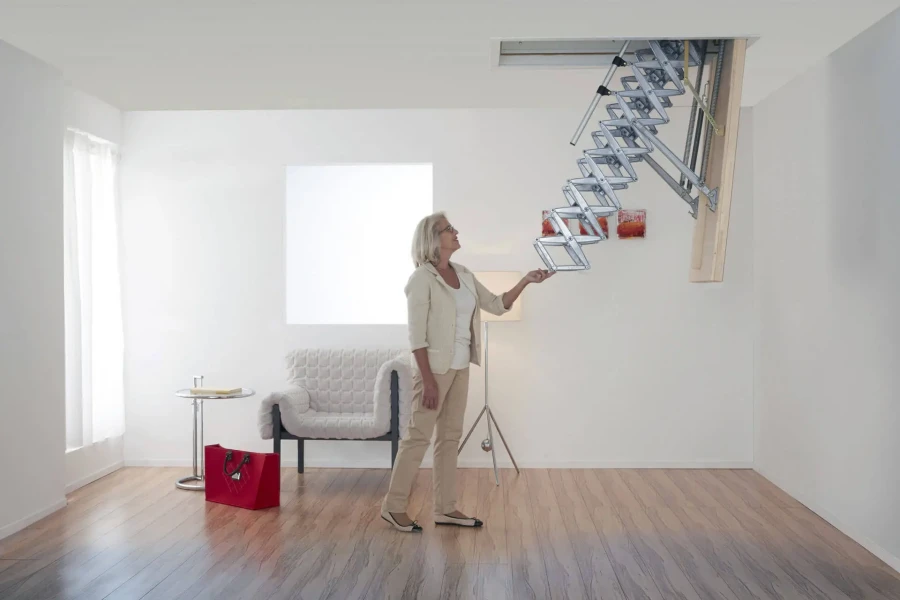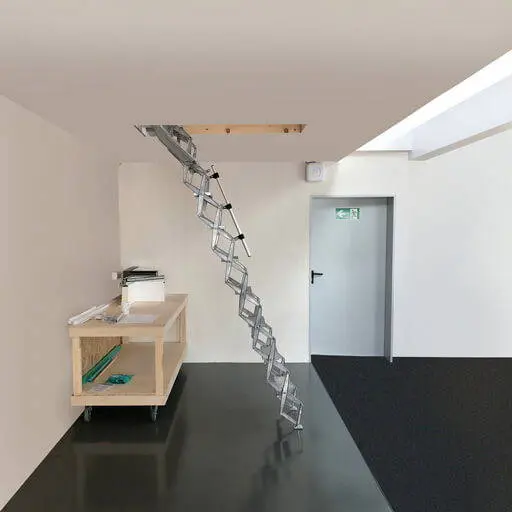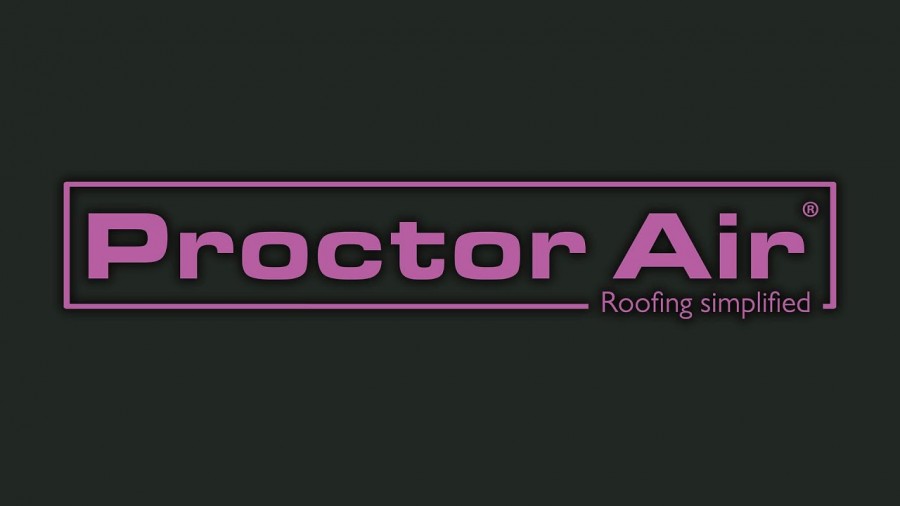The Sustainable Energy Association has published a report, commissioned by the Department for Business, Energy and Industrial Strategy, setting out advice for delivering a successful Home Upgrades Grant Scheme.
The report outlines key points of advice provided by stakeholders through a series of workshops attended by local authorities, product innovators, industry associations, installers, energy suppliers and energy efficiency and heating manufacturers.
The report outlines industry’s take on the Government’s current thinking for the local-authority- led scheme ahead of its launch in early 2022, before exploring potential future HUG models whereby funding is provided directly to the consumer or installer.

The advice seeks to support the Government in designing an effective HUG scheme and contribute to targets to decarbonise heat and bring as many fuel poor homes up to Energy Performance Certified (EPC) Band C by 2030.
Jade Lewis, Chief Executive of the Sustainable Energy Association commented: “The SEA is committed to eliminating fuel poverty and ensuring all homes are energy efficient, net zero-carbon, warm and healthy. We are therefore delighted to have supported BEIS in the development of the future Home Upgrade Grant scheme and are extremely grateful to the members and industry experts who helped inform the content of this report.
“We hope that the advice given will not only create a successful HUG scheme, but also inform future Government schemes. “
The report outlines the following advice:
- Enable long-term guarantee of funding. Short-term funded that is terminated at the last minute distorts the market and puts installers out of business. Long-term funding provides confidence and invites trust where the industry is more likely to upskill, train and invest in product innovations.
- Develop best practice guide for identifying and qualifying fuel poor homes. Produced at the national level, drawing on lessons learned from other fuel poor schemes. This could be developed via engagement workshops with community organisations, combined local authorities and delivery partners. The guidance would support knowledge transfer generating a level playing field whilst not defining a single route.
- Provide technical support for bid preparation and support for local authority resourcing. The Government should provide technical support to prepare local authorities well in advance of the deadline for bidding for HUG funding, as well as support funding for authorities to conduct energy planning ahead of home upgrade projects.
- Invest in re-engaging installers. The Green Homes Grant Voucher Scheme negatively impacted installers, who have informed some local authorities they have no appetite for government schemes. The Government should work to re-engage installers via organisations with large installer networks should be prioritised, whilst supporting organisations such as the Retrofit Academy that aim to increase the number of qualified installers for high quality home upgrades.
- Boost consumer awareness and deliver impartial advice. Government funded schemes must be accompanied by impartial advice to manage consumer expectations and ensure they understand the appropriate measures for their home, versus ‘cherry picking’ measures. The Home Energy Scotland model allows consumers to access a wealth of information easily and they can identify local installers and Retrofit Co-ordinators. The Government’s Simple Energy Advice tool could be mobilised to mirror this.
- Recognising the role of smart measures and innovation in the HUG Scheme. The current measure list for HUG is limited; smart and innovative measures including those that measure the performance of a building, and storage technologies including battery and thermal should be considered for future HUG models. These measures can deliver greater success in home upgrades and fuel poor homes should not be left behind regarding technological innovations.









